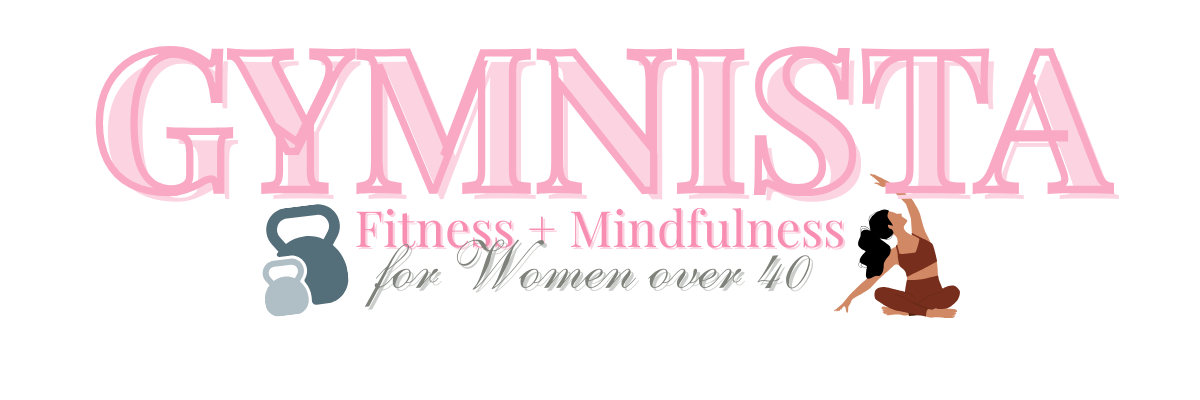If you’ve been feeling tired, achy, or stuck in a fitness rut, you’re not alone. Around age 40, many women notice their energy dipping, their metabolism slowing, and their workouts feeling less effective.
The good news? You don’t have to work harder, just a little smarter. With the right approach, you can build strength, boost energy, and support your hormones. This guide is one of the best workouts for women over 40 to help you feel vibrant, confident, and balanced again.
Why Your Workout Routine Needs to Change After 40
Hormonal shifts during perimenopause change how your body responds to exercise. Estrogen and progesterone start to decline, while testosterone levels drop gradually over time. These changes can lead to:
- Slower metabolism and weight gain
- Muscle loss (sarcopenia)
- Lower energy and mood swings
- Longer recovery times after workouts
The fitness routine that worked in your 20s or 30s may now leave you exhausted or frustrated. That’s why building a perimenopause workout plan that fits your current body is essential.
The Best Workouts for Women Over 40 includes…
The most effective workout plan includes a balanced mix of strength training, cardio, and mobility work—plus enough recovery to keep your hormones happy. Here’s what to focus on:
Strength Training for Women Over 40
Strength training is the single most powerful tool for women over 40. It helps:
- Build and maintain lean muscle (which boosts metabolism)
- Improve insulin sensitivity and balance blood sugar
- Support bone density and reduce risk of osteoporosis
- Increase confidence and body composition
Aim for 2–4 sessions per week. Focus on full-body compound exercises like squats, deadlifts, rows, push-ups, and overhead presses. As you get stronger, gradually increase the weight (progressive overload) to keep seeing results.
Low-Impact Cardio for Energy and Heart Health
Cardio is still important—but you don’t need hours of it. Low-impact cardio helps:
- Improve heart and lung health
- Reduce stress and anxiety
- Boost daily energy levels
Try 20–30 minutes of brisk walking, cycling, swimming, or dance-based cardio 2–3 times per week. Keep it fun and sustainable.
Flexibility and Mobility Work for Hormone Balance
Gentle movement supports your joints, nervous system, and hormones. Yoga, Pilates, or stretching can:
- Reduce injury risk
- Improve posture and range of motion
- Regulate your nervous system and lower cortisol
Even 10–15 minutes of yoga a few times per week can help you feel calmer and more centered.
Recovery: The Missing Piece of Most Workout Plans
Many women over 40 overlook recovery—but it’s just as important as your workouts. Sleep and rest days:
- Allow muscles to rebuild stronger
- Prevent burnout and overtraining
- Support hormone regulation and energy levels
Take at least 1–2 rest days each week. Remember: recovery is progress, not laziness.
How This Workout Plan Boosts Energy and Confidence
Following a balanced plan doesn’t just reshape your body—it transforms how you feel.
- More energy: Muscle tissue increases metabolism, helping you avoid energy crashes.
- Better mood: Exercise releases endorphins and serotonin, reducing stress and anxiety.
- Improved sleep: Strength training and daily movement support deeper, restorative rest.
- Confidence boost: Seeing your strength grow helps you focus on what your body can do, not just how it looks.
This is how you beat fatigue and boost your metabolism after 40—by building strength and honoring recovery.
Simple Tips to Stay Consistent
The best workout plan won’t work if you can’t stick to it. Use these tips:
- Schedule workouts like appointments
- Track your strength wins, not just your weight
- Choose workouts you genuinely enjoy
- Build accountability through a friend, trainer, or online community
Small, consistent actions are the key. A 20-minute workout you actually do will always outperform the perfect plan you abandon.
2